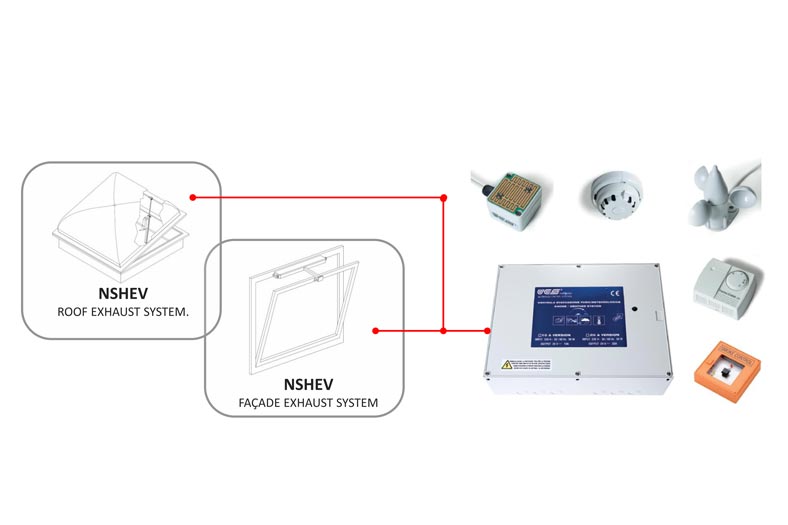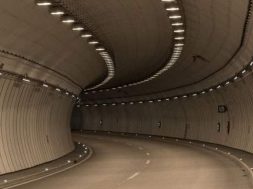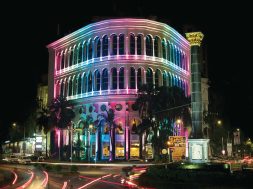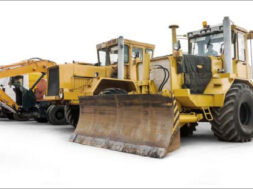
LGF SYSMAC has been setting standards in quality, service and technology upgradation. Based in New Delhi, the company houses a team of highly skilled and efficient personnel who are dedicated to meet customer specific needs.
The mainstream range of products being promoted includes state-of-the-art machinery for working on aluminium and UPVC profiles, panel saws for working on composite panels and architectural hardware for windows and doors, curtain-wall and glazed facades
LGF SYSMAC has been instrumental in bringing new technologies to the construction and building industry since the last 18 years. The latest offering is “Window automation” which not only allows a window to open for natural ventilation but also can be linked to the building management system for smoke ventilation purposes. The actuators come with additional features including water and wind sensors allowing the open window to shut as soon as it detects water and high wind pressures on the exterior
“Our window automation products from UCS, Italy have been well accepted and successfully installed on three projects in Mumbai with many potential enquiries on hand for execution. As the building norms for fire and smoke ventilation get stringent in every state of the country, we feel the need for window automation will keep growing. This will not only enhance the window operation experience of the user but will also save a lot of lives in case a building detects fire,” said Ashim Chugh, Director LGF SYSMAC.
Main Risks During Fire
In the event of fire inside of a building, smoke and heat gases rise up in the building, creating a layer of dangerous gases under the ceiling, which fill up the room in a very short time. The smoke precludes the visibility of the emergency exit or impedes the prompt intervention of the firemen. Due to the toxic substance of the smoke, the 90 per cent of all fire victims die due to smoke inhalation. Furthermore the high temperature inside of the building could generate explosion or big damages to the building structures, with the consequent collapse, called flashover.
Why use smoke ventilation?
For avoiding the above dangerous events and keeping escape routes clear for longer and also ensure the fire service can quickly and safely locate and extinguish a fire, a natural smoke and heat exhaust systems (NSHEV) must be integrated in fire protection concept.
The NSHEV consist in a system of automatic opening windows installed in the upper sections of the façade or in the roof for let the building free from smoke and heat. Ventilation openings in the lower area increase the thermal uplift, generating a “chimney effect”.
What is NSHEV system?
NSHEV systems need electrical power supply 24Vdc and shall be connected to an electric system for smoke and heat extraction which are composed by a control unit and related smoke and heat detector and/or emergency push buttons. The control unit shall be include power supply backup solution aim to grant the 24Vdc even if the main power supply 230Vac is down due to the blackout caused by the fire.
The NSHEV consist in an electrical drive installed and operating on vertical or horizontal window design and developed:
• To open within 60sec from the event
• To resist to very high heat up to 300°C
• To be reliable up to 10.000 cycles all according to EN12101 standard.
NSHEV systems can be divided in two main categories:
• Facade exhaust system
• Roof exhaust system.
For more details,contact: Mr. Ashim Chaugh, Director, LGF Sysmac India Pvt. Ltd.,
Tel.: 011-47348888, Mobile: 9810326567
Web.: www.lgfsysmac.com
Cookie Consent
We use cookies to personalize your experience. By continuing to visit this website you agree to our Terms & Conditions, Privacy Policy and Cookie Policy.









